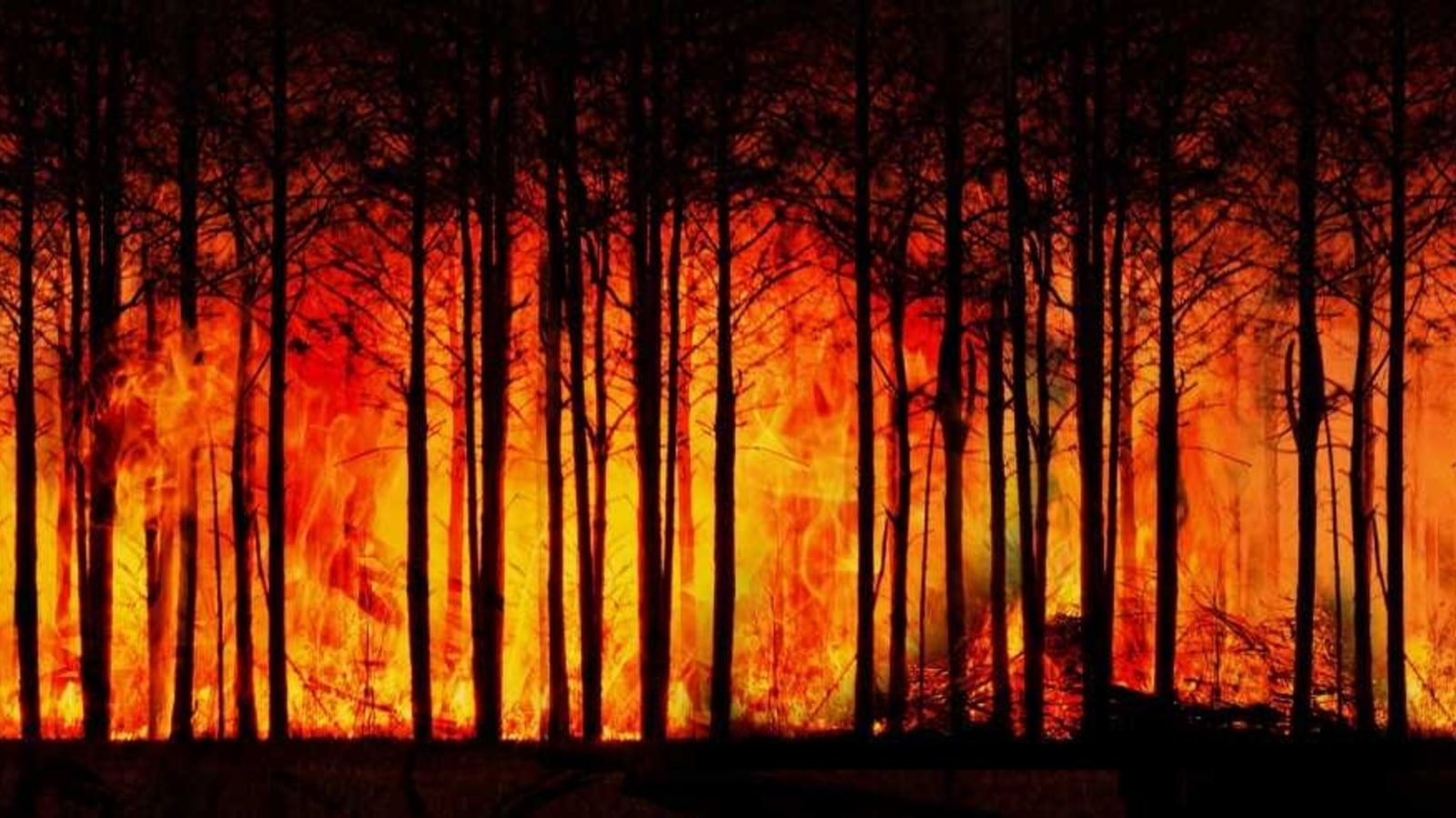Blackouts, solar flares, and an impending solar storm, Earth goes through a terrifying 24 hours
The last 24 hours have been filled with solar activity. Radio blackouts, solar flare eruptions, and a CME that is likely to hit the Earth anytime have all been recorded. Check details.






 View all Images
View all ImagesWith the equinox approaching on September 23, solar activities have picked up again. It is known that during this period, the Earth suffered due to a higher frequency of extreme solar activities due to the magnetic poles of the Earth making a right angle with the Sun. And in the last 24 hours, the Earth has witnessed some intense blows from the Sun. There have been instances of radio blackouts, solar flare eruptions, CME releases, and a possible solar storm that can strike the Earth at any given time. So, let us take a look at what has happened in this brief period and how it affects us.
Radio blackouts
According to the data from SpaceWeatherLive's X account, there were two separate instances of shortwave radio blackouts. The first struck at 1 AM today, with the focal point being in the Pacific Ocean and it impacted both North and South Americas. The blackout was believed to have come from a solar flare eruption of an M1.08 category.
The second one struck at 5 AM and it was also centered in the Pacific Ocean. Luckily, no landmass came under its area of impact. It was estimated to have come from an M1.1-class solar flare eruption.
Solar flares
As we all know shortwave radio blackouts are the after-effect of a solar flare eruption, two separate flares were also detected going off prior to the blackout. The first one was estimated to have come from sunspot region AR3421 and contained an intensity of the level M1.26. The second one also emerged from the same sunspot region and it contained an intensity of M1.01.
Solar storm threat
Yesterday, SpaceWeatherLive also gave a warning for an incoming solar storm. It posted, “The tell-tale signs of a coronal mass ejection passage have been observed in the data coming from the DSCOVR satellite. A sudden jump in the solar wind and IMF stats have been observed as a plasma cloud passes the satellite. Expect enhanced geomagnetic conditions in the next 12 to 24 hours depending on how the situation develops”.
This storm is expected to hit within the next few hours. As per the data, it is not expected to be a major solar storm.
Catch all the Latest Tech News, Mobile News, Laptop News, Gaming news, Wearables News , How To News, also keep up with us on Whatsapp channel,Twitter, Facebook, Google News, and Instagram. For our latest videos, subscribe to our YouTube channel.





























